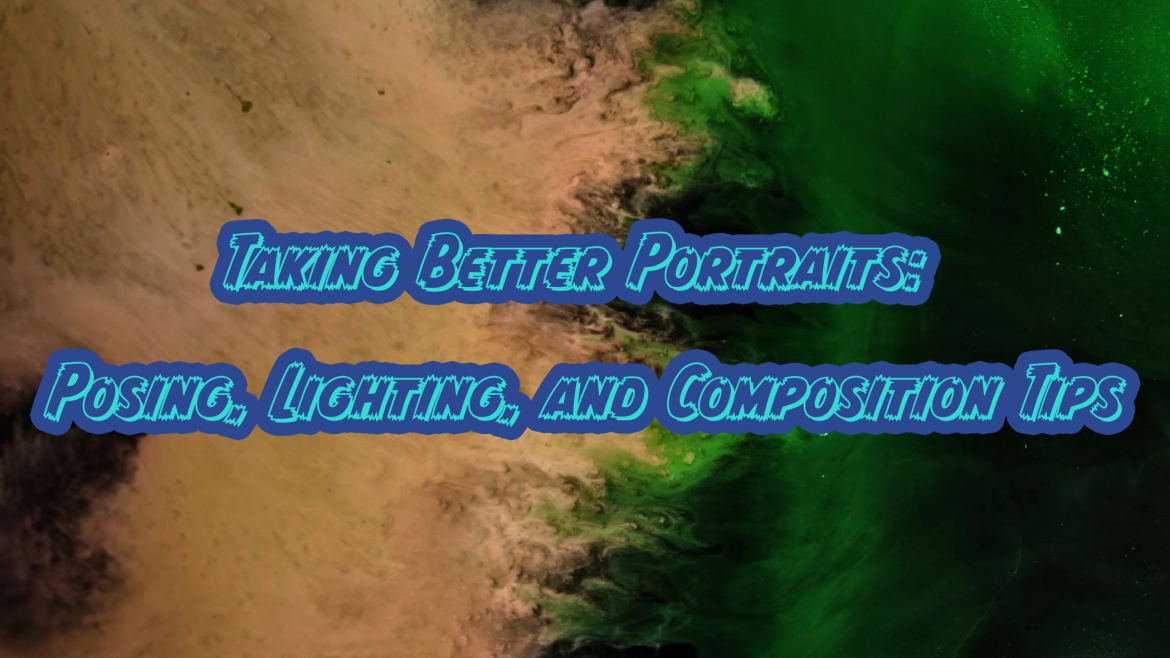
Capturing beautiful portraits requires more than just pointing your camera at a subject. It involves understanding the art of posing, mastering lighting techniques and utilizing effective composition and framing. In this article, we will dive into essential tips and techniques to help you elevate your portrait photography skills. We’ll explore posing tips for both photographers and models, the significance of lighting in photography, basic lighting setups for portraits, and the importance of composition and framing,
Posing Tips for Photographers and Models
Posing plays a crucial role in creating visually appealing and natural-looking portraits. As a photographer, you’ll often have to guide and direct your subjects to achieve the desired result. Here are some posing tips for photographers:
- Establish rapport: Build a comfortable and relaxed environment by establishing a good rapport with your models. This will help them feel at ease and enhance their natural expressions.
- Communicate clearly: Provide clear instructions and give constructive feedback during the shoot. Be mindful of body language, facial expressions, and eye contact.
- Focus on body language: Encourage your models to adopt natural and relaxed body postures. Experiment with different poses to create variety and capture their unique personalities.
When it comes to posing male models, keep in mind the following additional tips:
- Highlight masculinity: Emphasize strong and confident poses to bring out the masculinity of your male subjects. Incorporate angular positions, squared shoulders, and subtle shifts in weight distribution.
- Experiment with hands: Guide male models to use their hands purposefully. Suggest placing hands in pockets, crossing arms, or gently touching their face or chin for a relaxed and engaging look.
The Importance of Lighting in Photography
Lighting is a fundamental aspect of photography and can dramatically impact the mood, tone, and overall quality of your portraits. To improve your lighting techniques, consider the following tips:
- Study natural light: Learn to work with natural light by observing its characteristics and behavior. Experiment with different times of day, utilize open shade and understand how sunlight interacts with your subjects.
- Utilize reflectors and diffusers: Reflectors can bounce light back onto your subject, filling in shadows and creating a more balanced exposure. Diffusers help soften harsh light, resulting in a more flattering and even illumination.
Basic Lighting Setups for Portraits
Here are a few basic lighting setups to get you started:
- One-light setup: Employ a single off-camera flash or continuous light source, positioned at a 45-degree angle to the subject. This setup creates depth and dimension by casting shadows.
- Rembrandt lighting: Achieve this classic lighting technique by placing the key light at a 45-degree angle to the subject, slightly higher than eye level. This setup produces a distinct triangular highlight on the cheek opposite the light source.
- Butterfly lighting: Position the key light directly in front and above the subject, slightly tilted downwards. This setup creates a small shadow under the nose, resembling a butterfly shape.
Utilizing Composition and Framing
Composition and framing are vital elements in creating compelling portraits. Consider the following tips:
- Rule of thirds: Divide your frame into a 3×3 grid and position the main subject along the intersecting lines. This technique creates visual interest and balance.
- Leading lines: Utilize leading lines, such as paths, fences, or architectural elements, to guide the viewer’s eye toward the subject.
- Experiment with angles: Explore different angles and perspectives to add depth and uniqueness to your portraits. Shoot from high above or get down low for more dynamic compositions.
READ MORE
